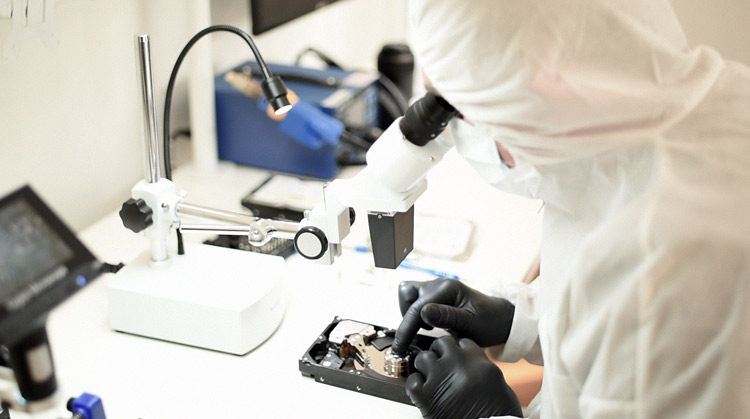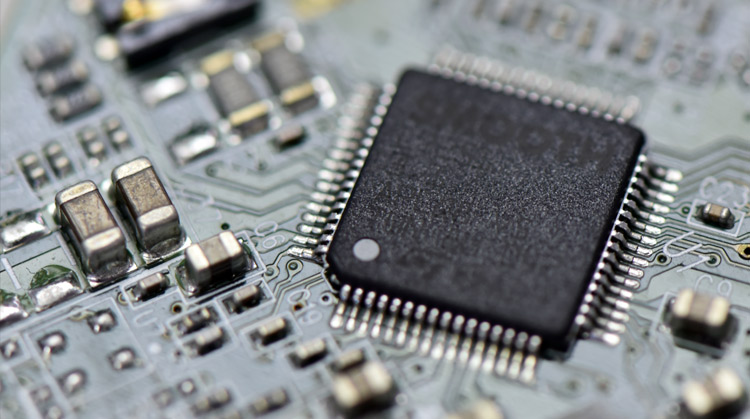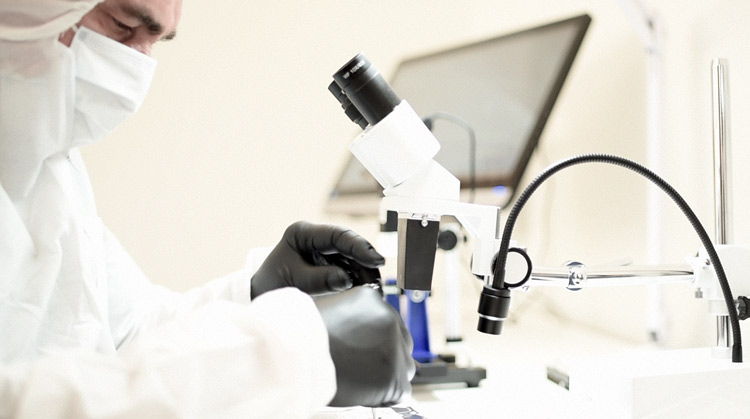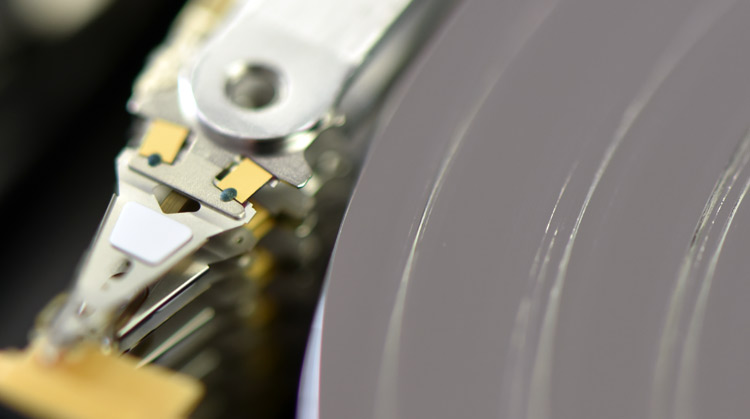
When a hard drive fails, and the situation falls outside of the scope of a DIY project, your next step is going to be searching for a professional recovery specialist. This is if the data stored on the hard drive is critical and requires recovery.
From this point onward, it can go one of two ways – a quick, more-or-less affordable recovery or a kind of OR really expensive recovery. Which of these it will be happens to depend on several factors.
I’m not going to concentrate on the things you should be looking for when choosing a data recovery firm. Instead, I want to focus more on the various factors that play a role when a data recovery firm provides a quote and an estimate on turnaround time.
This way, you will have a better idea of what to expect if things get a bit larger than you can handle.
As I’ve already mentioned, the recovery process can go a very long way.
Logical Failures
Let’s begin with a simple logical issue where you have attempted recovery with the software but you only managed to recover some files or none of them at all, but you can see the file structure. This is often the most simple of the ways a professional can apprehend.
This is because the professionals have tools you won’t. For example, they won’t be using third-party software that can’t do much on more complicated recoveries. Plus, a professional has a skill set and training that you will most likely not have.
Simple To Moderate Failures
The turnaround time for a simple to moderate logical failure can be between one and three days. This depends on the amount of data you are hoping to recover. The price range for this type of recovery will range from $250 to $500 – again, depending on the capacity of your hard drive. A 14TB hard drive will take a fair amount of time to recover, so don’t be too surprised if the price quote inches up to the higher end of that price range.
Logical, on the other hand, does not always mean it is the easiest or most affordable recovery process. There are examples where logical failures are more complicated and time-consuming than mechanical or electronic failures.
Data Fragmentation
An example is data fragmentation. I have written a blog previously about this and what is involved in the process – you can read it here. When the recovery situation dips into data fragmentation territory, the cost of recovery can get into the thousands of dollars and the turnaround time could increase by a week, month or more.
Electronic Failures
This usually involves work around PCB printed circuit boards and the components on them. There are times when they fail and when they do, SMD rework can be an intricate process and require a specific set of tools and techniques that only professionals have.

SMD rework is not always the only thing that needs to be completed. In cases where firmware has failed or the BIOS chip needs to be repaired, the chips need to be dumped, evaluated, analyzed and later repaired with the assistance of tools and equipment that is not readily available to the general public. This is why just removing and replacing a damaged chip is not the solution.
Prices for this type of recovery will start around $500 and can go up to about $1500 depending on the complexity of the case. Usually, the turnaround for this kind of recovery is between four and eight business days.
Mechanical Failures
This happens to be the most common failure in the industry. It is often caused by a physical shock of some kind or from wear and tear over time.
Because there are so many different types of mechanical failures and the price quote will mostly be related to the type of failure. For more information on prices of physical recoveries, check this blog post here.
I will go over the main three mechanical failures and review the sub-levels as well so that you will have a better idea of what to expect.
Head Stack Failure
This is the most common of mechanical failures. It typically requires a failed head (or heads) to be exchanged from a donor hard drive. Finding a matching donor can be an intricate process… but there is a guide that will help you with this. Check it out here.
Not just the heads can fail, either. This is why it is called an assembly because it does not involve a single part.

The preamp can go bad, weak or the head(s) can get dirty, weak or fail completely. In each case, a different approach and technique are required to save the files. This also means that the heads don’t always need to be changed or replaced. Sometimes, and in many cases, replacement from a donor is the last resort engineers will turn to.
The price range for this type of failure in the industry will start around $600 with a maximum of about $5,000. This will depend on the type of hard drive, the amount of data required to be recovered and the state of the platters and platter surfaces.
Platter Damage
Platter damage usually comes in the form of surface scratches. The majority of times this type of damage – in most of the data recovery centers around the world – is written off immediately. There are two main reasons for this. First, a lack of equipment available to work with scratches or treat the platters from dust. Second, unable to invest the time and dedication to a station for this type of recovery.
How and why do platters get scratched? You can find out more here as well as the truth behind scratches and what recovery companies don’t tell you about them.

Then there is something called misalignment. For whatever reason when platters get dismounted in a non-professional environment, you can expect the alignment to be broken. When this happens, only a professional can help. Not only do you need specific machinery and tools to realign them, but nanometers (the measurement) also make the difference here.
Whatever the case, when you hear the phrase “platter damage” you have to prepare yourself for the worst in regards to cost. It is going to get expensive. The price range to repair platter damage can start at $3,000 and go up from there. Platter damage most of the time requires more than two – sometimes three – sets of donor parts as they wear off quickly.
There are also many cases where we required upwards of ten donor parts.
Cost of Donor Drives
As an example, the “Rosewood” family Seagate 2TB drive, in most cases requires two to three sets of parts and this is the norm. A usual price for a Rosewood drive on donordrives.com or eBay is between $250 and $500 USD. Some drives are even rarer and that means the donor drive could cost up to $1,000. There happen to be companies who make a living on selling donor drives as it is a big industry that keeps growing and is fairly involved.
So… taking your hard drive to a professional as quickly as you can is crucial.
Complex Scenarios
Sometimes things get blown way out of proportion and the recovery cases involved all of the above-mentioned issues in a complete, nasty package. Head failure, platter damage, damaged PCB. It happens and when it does happen, things can get ugly.
We have had at least five cases where it took us about a year to recover the data. It was a success, but the number of resources and funds involved were astronomical.
Logical Failure That Is Actually A Physical Failure
A number of our clients come in with weak heads and they can still see the partitions on their computers but are unable to copy or move any of the files or just a few of them. They think it could be a simple logical issue that won’t cost more than $200 to recover. This is a bad assumption to make and when they receive a quote with a number that wasn’t what they were expecting and find out that a head is no longer weak but has completely failed… they get a little suspicious.
It happens more often than we can think of. When your hard drive starts to seriously slow down and won’t let you copy any of your files, this is a sign of a mechanical problem that is about to unwind on you. Take your hard drive to a professional rather than trying to recover it yourself. This will also keep you from making a scene inside a data recovery firm when you think you may be getting scammed.
Professional hard drive recovery is not – and most of the time not – as easy as it may seem on YouTube videos. It is a completely different world based on a different kind of science.
